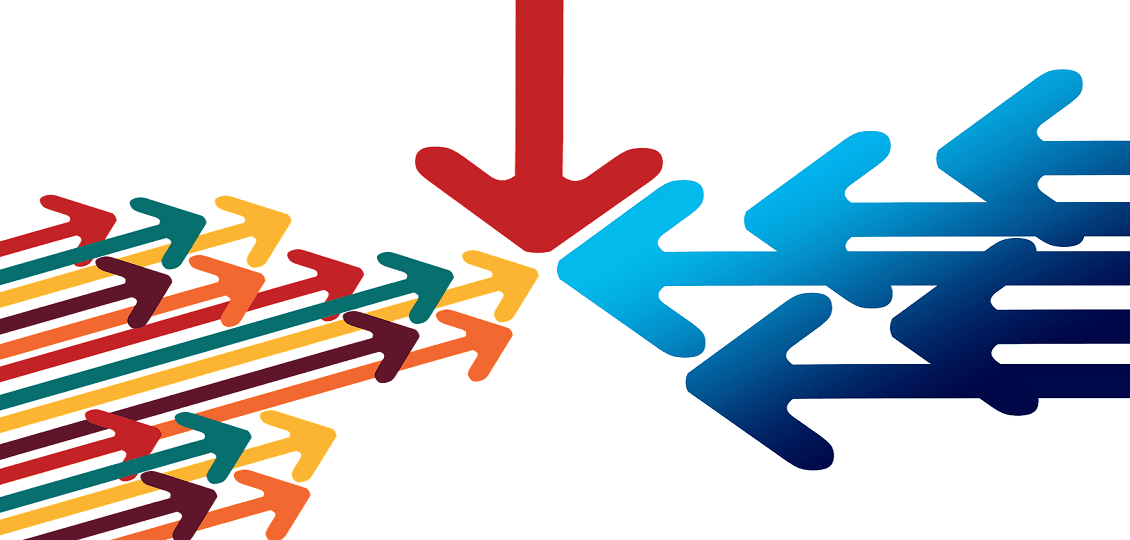By Aarathi Bhattaram
As seen around, the world is changing, technology and digital devices have become accessible even to the common man. So has the realm of business, it is not what was a decade ago. And HR being no exception, has gone through many iterations to channelize its focus towards business enhancement.
Right from recruitment to benefits management, every process in-between and after (pension, health and wellness) are being influenced by digitalization. In particular, when it comes to talent management, the demographic values are never constant, contingent and mobile workforce are becoming prominent and so are the new Generations, Gen Y and Gen Z.
A lot of HR processes are becoming automated and the focus of HR practitioners and managers are being shifted towards strategic planning. In such situations, the responsibilities a talent management team holds becomes demanding and more critical for the development of the HR process as a whole. This raises a need for an improved, more accessible and an integrated talent management structure that can take care of both, talent strategies and workforce planning.
What is an integrated talent management system?
An integrated talent management system can collaborate with different business units to collectively provide human capital solutions, i.e., keep up with the changing business requirements and support accordingly with necessary human talent. Employee development strategies can be coordinated with respect to different business needs through data and knowledge sharing between different processes.
Disconnection and siloes can significantly be diminished. Talent acquisition, workforce progression, learning and development can all be integrated into a centralized talent management module that can bridge the knowledge and capability gap between business units.
Benefits of an integrated talent management system
• Strategic hiring processes
An integrated system can provide a comprehensive insight into current vacancies and short fall in talent. Rather than individually monitoring new requests or demand for a job position, centralizing this task can enable teams to focus more towards the candidate himself while reducing the effort towards posting job descriptions, tracking applications, candidate assessments, that can ensure the right applicant has been shortlisted. Teams can utilize the database received in the recruitment process into other areas of talent management and human resources, avoiding the need to duplicate manual work of storing and entering data.
• Enhancing employee experience and retention
When employee information is made centralized and accessible across different business units, it becomes easy to track and strategize employee goals, performance reviews and productivity. An integrated system uses a common interface to update credentials, view pay stubs and check progress; that relieve employees from additional stress and keeps then engaged at work. The collective data sets can also be applied to personalize employee experience and provide opportunities for career growth.
• Data-driven business planning
It has always been generalized that most of the business data remain in siloes, that leads to repetition of tasks and redundant or duplicate data. Unifying data sources can evade such scenarios that lead to miscommunication and inefficient practices. Managers can get a wider view of the entire HR life-cycle. Accurate data analysis can be triggered with higher chances of success to define business goals and target. Rich and valuable data can be the driving force to strategize business decisions.
• Deploying employees towards core activities
When combining parallel tasks that do not require additional resources, more human effort can be diverted towards core business activities like people analytics, workforce development and directing cultural transformation. Alternatively, when organizations lack in-house capacity to change over to integrated talent management solutions, outsourcing would be the next best option, to get the same level of proficiency along with added benefits (like HR, payroll and mobile solutions) the vendor provides.
About
I work with Zalaris ASA, a leading provider of HR and payroll services. I love to write and discuss the current trends around the world of HR, technology innovations and the latest buzz in the industry.











































